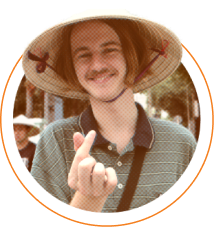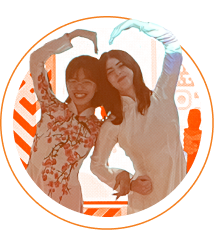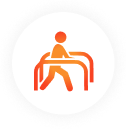Vietnam highlights
Updated April 05, 2023
Table of Contents
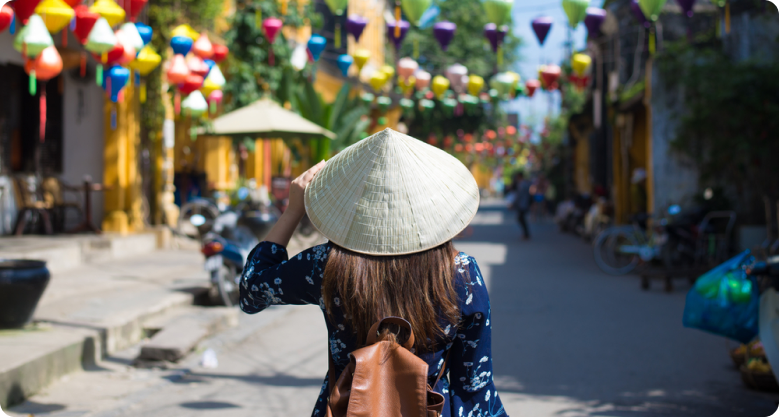
If you have never considered putting Vietnam on your travel and career road map, now it’s time for you to do it then! Whether it’s before or after the pandemic, Vietnam is still a safe and fascinating destination waiting to be discovered. Let tight on your seatbelt and get on this verbal tour to see why and how our beautiful Vietnam becomes your next stop!
1. Locations and attractions
Lying on the eastern part of the Indochina peninsula, Vietnam is a strip of land shaped like the letter “S” with more than 330,000 square kilometers. It is bordered by China to the north, the East Sea to the east, the Gulf of Thailand (Gulf of Siam) to the southwest, and Cambodia and Laos to the west.
Vietnam has 2 main river deltas. The Mekong River divides into nine tributaries and feeds the agricultural region of the Mekong Delta in the south. Meanwhile, the Red River Delta is the economic center of the northern region notably known for farming and villages specializing in producing handicrafts.

Thanks to Mother Nature and the S shape stretching from the north to the south, Vietnam has different terrain types and hundreds of scenic spots such as Ha Long Bay, Phong Nha – Ke Bang National Park, Mekong River, the Indochinese Peninsula’s highest mountain Fansipan along with picturesque cities like Hoi An the Ancient town, Hanoi, Hue Imperial City, and so on.
2. Weather
Vietnam has a tropical monsoon climate so it’s typically warm and humid. However, its long terrain makes the weather vary across different regions.

In Northern Vietnam, there are 4 seasons. You can experience the freezing temperature and even snow in the winter (from November to January) but also a hot and humid summer (from May to August). Spring and fall are more neutral and comfortable.
The division is quite different in the center of Vietnam with 2 distinct types of weather: hot and dry from January to August, cool and rainy in October and November.
Southern Vietnam is generally hot all year round. The rainy season starts from May to November while the dry season lasts from November to May.
3. Language

Vietnamese is currently spoken by more than 86 million people in Vietnam and about 4 million overseas Vietnamese. The alphabet is quite similar to the English one but Vietnamese has a system of diacritics and tone marks so that some letters would be like ă, ê, ơ, etc.
Vietnamese is a tonal language with accent marks. Different diacritics combined with the same letters can create different meanings. For example, “ma” means ghost but “má” means mother, and “mạ” means a type of plant.
There are 3 main dialects across the countries: the Northern Dialect (represented by Hanoi, the capital); the Central Dialect (represented by Hue); the Southern Dialect (represented by Ho Chi Minh City). They are quite different in pronunciation and usage. For example, pineapple in Vietnamese with the Northern Dialect is “dứa”, but with the Southern Dialect is “thơm” or “khóm”.
4. Lifestyle
Lifestyle is different among regions, and the most energetic in big cities. Having witnessed the fast globalization and urbanization, Vietnam still keeps a harmonious blend of modern and traditional. 2 big cities, Hanoi and Ho Chi Minh City, are bustling day and night. You can get stuck in the traffic during rush hour on weekdays and also enjoy wandering on walking streets without transportation on the weekend.
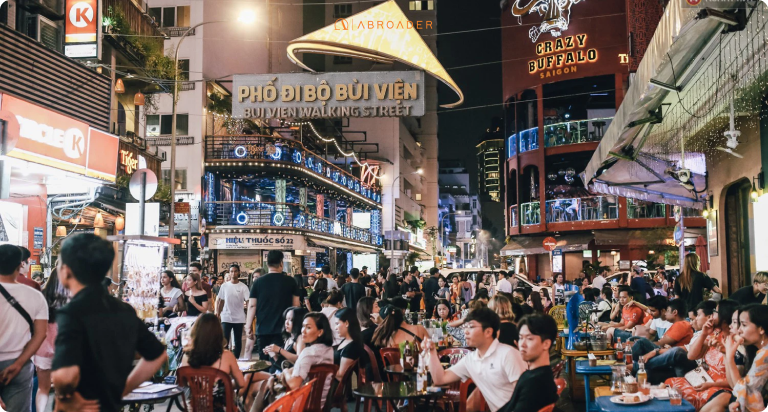
Nightlife in big cities is worth exploring. People often hang out after work, have a drink, cycle around big lakes, or enjoy themselves in bars, pubs, and lounges,… And street food is something tourists should not miss out on. It’s yummy, so affordable, and accessible. Just walk down any street, look at the sidewalk and you can try any new dish you want. And if you want something organized, traveling with a local buddy who knows the area very well with small hidden corners may be a good choice.
5. Food
As heaven of tasty and unique cuisine, Vietnam can satisfy your tummy with diverse food styles from Western, Indian to Japanese food. However, our country is best known for its age-old recipes and healthy dishes. Let’s join a quick food tour around Vietnam:
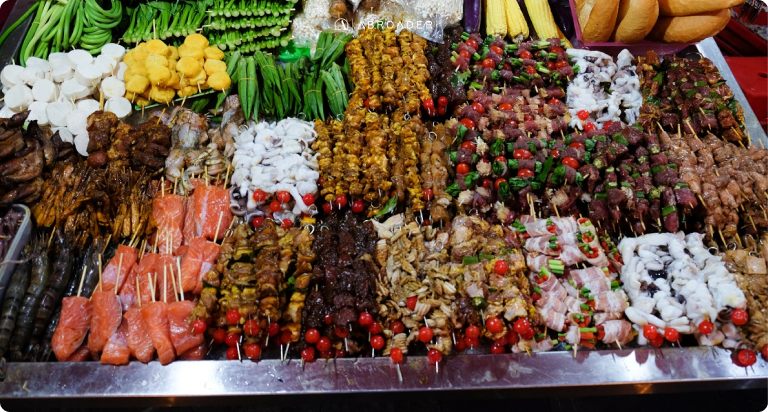
Phở: or noodle soup, is among the must-try dishes in Vietnam. These main ingredients are flat rice noodles, a warming broth, and some slices of meat (chicken or beef).
Bun cha: you dip the rice noodles into the broth, and eat with grilled pork. President Barack Obama once visited Vietnam and tried Bun cha like a local, and then Vietnamese bun cha became even more famous in the world.
Banh mi: there’s no alternative name for this Vietnamese bread because Banh mi has been a signature of Vietnamese street food. It’s crunchy and diverse in flavors because a bunch of ingredients is filled inside the wrapper: paté, spring roll, pickle, cucumber, and different sauces,…
Egg coffee: Vietnamese coffee is world-known for its flavors and egg coffee is a special one, mainly in Hanoi – the capital of Vietnam. The yolk is separated from the white and then beaten with sweetened condensed milk until it makes an airy, creamy, meringue-like fluff. You should try it warm to enjoy the best flavor.
Chè: Vietnam has a special sweet soup that serves best in hot summer as a dessert. It’s a mixture of tropical fruits, nuts, beans, grains, seeds, jelly, and coconut milk,… There are hundreds of types of chè from different combinations. In some stores, you can even mix the ingredients yourself.
6. Fashion
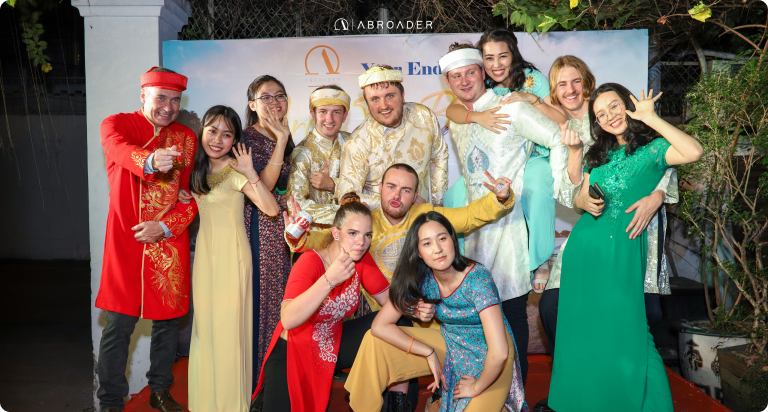
Although influenced by the Western clothing, Vietnamese fashion still retains traditional features with Ao Dai (“Áo Dài”) and the conical hat (“Nón Lá”) as the national costumes. “Áo dài” has a long silk tunic with slits on the sides that are worn over pants. Both men and women wear “áo dài”, often on special occasions like Lunar New Year, festivals, and ceremonies,… Over time, the traditional “áo dài” has gone through certain changes, from 4 slits to 2 slits, and fits the body of Vietnamese women better. “Nón lá” is an eco-friendly conical hat, made from palm leaves, the bark of the Moc tree and bamboo. It can be used as a hat, a basket for shopping, or a fan of a plowman on hot summer days in the countryside. Over time, the image of women wearing “áo dài” and “nón lá” has become a symbol of Vietnamese culture and beauty. Tourists can buy them as souvenirs when going back home.
What’s more? Vietnam has 54 ethnic groups with their own clothes. Each style reflects its group’s culture and customs which all make up a diverse and precious Vietnam. For example, as the second-largest ethnic group in Vietnam, the Tay people often wear clothes dyed with indigo. Women wear “khăn mỏ quạ” (a type of hat made from a towel), five-flapped dresses with belts and silver accessories, such as necklaces and bracelets.
7. People
Living in Vietnam today is safe and fun. There is no war or outbreak. According to the 2019 Global Peace Index, Vietnam ranks 50th out of 163 countries in safety.
Vietnam ranks 77th in the World Happiness Report 2022 by United Nations Sustainable Development Solutions Networks. Despite the Pandemic, the Happiness Index of Vietnam climbs up 2 places from 2021, thanks to the hope and effort to fight against the coronavirus waves of all Vietnamese.

Vietnamese friendliness and kindness are other characteristics that impress every foreigner coming to Vietnam. There’s no discrimination towards toward the disabled and colored people. In Vietnam, April 18 is the Day of People with Disabilities. Our partner – Vụn Art is widely known for providing jobs to thousands of disabled people.
8. Transportation

The main means of transportation in Vietnam is motorbikes with 90% of residents owning at least one. Motorbikes are perfect vehicles to travel in lanes, alleys,… that are inaccessible by cars or too long to go on foot. In addition, for young people, motorbikes are the best for “phuot”, which refers to traveling hundreds of miles, far away from the hustle and bustle of the city, to some mountainous areas for example. Private cars and taxis are also popular in Vietnam besides trains, planes, etc. And authorities in big cities are encouraging residents to use buses, bikes,… instead of spending too much on petrol and gasoline.
New modern types of transportation have been put into practice such as the skytrain in Hanoi or the metro in Ho Chi Minh City.
9. Housing
The most common type of house in Vietnam is tube houses with old French architecture. Many generations live under the same roof, showing the family’s close-knit. Additionally, there are a variety of housing options for both long and short stays in Vietnam. From affordable motels, and hotels to quality serviced apartments and resorts, you can easily find them when traveling to big cities.
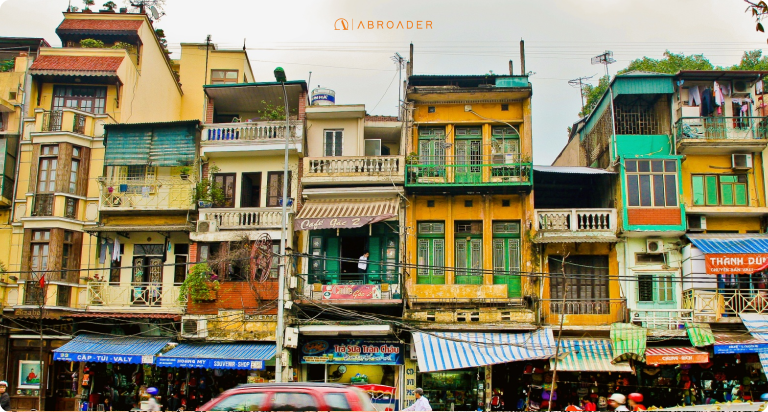
10. Religion
Vietnam is a peaceful and multi-religious country. Although many Vietnamese consider themselves as atheists, most of them practice informal religious customs and folk religions such as worship towards ancestors, national heroes, and gods of nature.

In general, there are some main religions: Buddhism, Confucianism, and Taoism. And Buddhism has the most followers. That’s why Vietnam has many “Chùa” – pagodas, the Buddhist places of worship. People often go to “Chùa” to pray for good things and luck, go sightseeing or enjoy the peaceful vibe and leave the hustle and bustle of daily life behind.
11. Economics

Since the launch of “Đổi Mới” (Renovation) in 1986, the economic reforms together with global trends has have turned Vietnam from one of the world’s poorest countries to a middle-income economy. GDP per capita between 2002 and 2021 increased 3.6 times with Poverty rates declined declining sharply from over 32 percent in 2011 to below 2 percent.
Accompanying this development is the diversity of prevailing fields such as Business, IT, Medical, Education, Engineering, Electronics, etc. with lots of job opportunities.
12. ABROADER
ABROADER is a pioneer in the industry of international education in Vietnam. It works in favor of the local community development, taking university students as the main stakeholder. Through the internship, faculty-led, service-learning, and semester exchange programs, ABROADER creates an international hub, connects global talents with the local community, and contributes to the betterment of the local community.
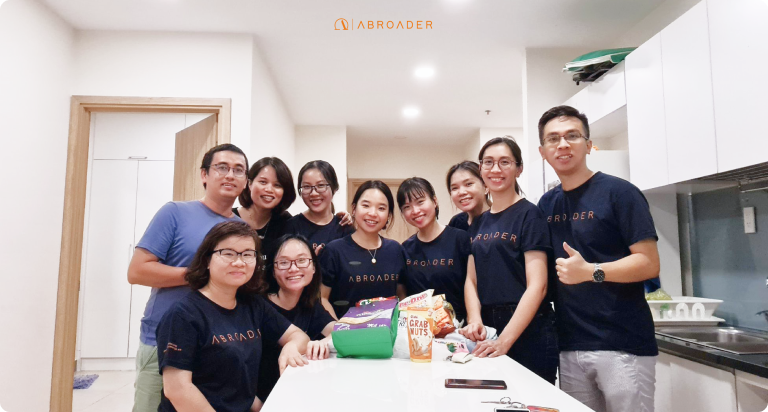
If you want to travel but at the same time gain working experience abroad, and be immersed in the local life, an internship is the best for you!
Being nervous about traveling by yourself? Join a group study tour program:
Programs that go with the document
In-person internships
- Vietnam
- Spring & Summer 2024
- 4.76/5 ratings
Why travel abroad? Unfold your myth, meet new people, and explore your career path. Do an internship in Vietnam and bring home your own stories.
Faculty-led
- Vietnam
- Spring & Summer 2024
- 4.90/5 ratings
Apart from being a Forum on Education Abroad member with liability insurance, we are proud to be ONE – STOP SHOP CENTER for faculty leaders.
Our latest program in the health & medical department
Physiotherapy
- Vietnam
- Spring & Summer 2024
- 5/5 ratings
Fulfill the mission of healing the “broken ones” through the rotation of different rehabilitation departments while learning the art of Vietnamese physiotherapy





